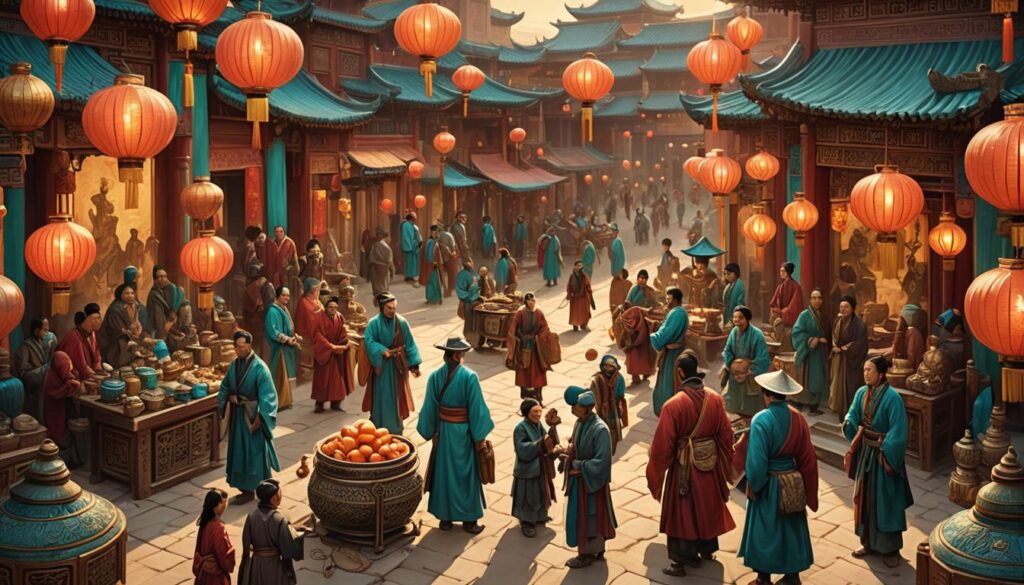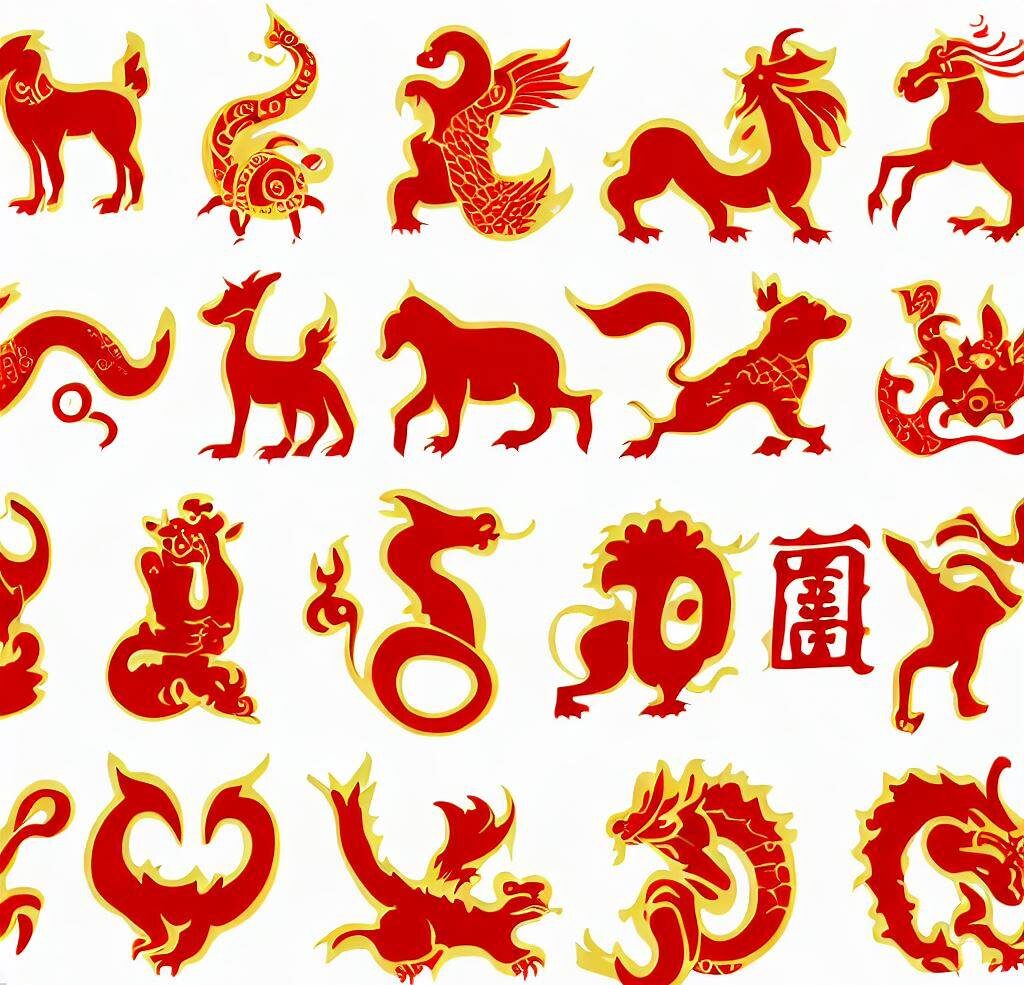Chinese Mandarin language

Chinese Mandarin language
Chinese Mandarin language, also known as Putonghua, has emerged as one of the most widely spoken languages in the world, captivating millions with its lyrical tones and profound cultural heritage. As the official language of China and one of the six official languages of the United Nations, Mandarin holds immense significance in global communication. This article delves into the fascinating history of Mandarin, tracing its roots, evolution, and enduring influence.
Ancient Origins
The story of Mandarin begins in ancient China, where the language evolved from the Sinitic branch of the Sino-Tibetan language family. This ancient lineage dates back thousands of years, with early forms of Mandarin taking shape during the Zhou dynasty (1046-256 BCE) and later refining during the Tang dynasty (618-907 CE). However, it was not until the Ming dynasty (1368-1644 CE) that the modern phonological structure of Mandarin began to take hold.
Standardization and Mandarin as the National Language
The process of standardizing Mandarin commenced in the early 20th century as China embraced the idea of a unified national language to foster communication among diverse regions and linguistic backgrounds. Following the 1919 May Fourth Movement, which advocated for linguistic reform and modernization, a group of intellectuals led by Hu Shi developed the Mandarin-based vernacular known as Guoyu, or “national language.”
With the establishment of the People’s Republic of China in 1949, the government further pursued the standardization of Mandarin. In 1956, a revised version of Guoyu was introduced as Putonghua, meaning “common speech” or “standard language.” The promotion of Putonghua as the national language contributed significantly to linguistic cohesion, enabling effective communication across China’s vast territory.
Phonetics and Tones
One of the defining features of Mandarin is its tonal nature. Mandarin employs four fundamental tones (with a neutral tone), which significantly impact the meaning of words. The rising, falling, flat, and dipping tones create a melodic quality that distinguishes Mandarin from many other languages. Accurate tone pronunciation is crucial in Mandarin, as altering the tone can lead to a change in meaning. For learners, mastering Mandarin’s tonal intricacies often presents a unique challenge but ultimately unlocks a world of linguistic beauty.

Global Influence
As China’s economic influence and soft power have expanded globally, so too has the significance of Mandarin. The rising prominence of China as a global player has attracted a growing number of individuals and institutions interested in learning the language. Mandarin has become an essential tool for fostering cultural exchange, strengthening business ties, and gaining insights into Chinese history, literature, and philosophy.
In recent years, numerous educational institutions around the world have introduced Mandarin language programs to meet the growing demand. Additionally, Mandarin proficiency has gained importance in various professional fields, such as international diplomacy, trade, and tourism.
Preserving the Cultural Legacy
Mandarin not only reflects the linguistic aspects of Chinese culture but also serves as a vessel for preserving historical and literary traditions. Classical Chinese, rooted in the literary works of Confucius, Mencius, and other influential philosophers, heavily influences Mandarin. The ability to read and interpret classical texts enhances one’s understanding of China’s rich cultural heritage, providing a bridge to ancient wisdom and thought.
Furthermore, Mandarin serves as a vehicle for the preservation of indigenous languages within China. Many ethnic minorities communicate using their respective languages while learning Mandarin as a second language. This approach fosters cultural diversity and unity, allowing various communities to interact and participate in national discourse.
Mandarin, with its captivating history, melodious tones, and enduring influence, stands as a testament to the linguistic and cultural tapestry of China. From its ancient origins to its standardization as the national language, Mandarin has played a pivotal role in connecting people across regions and fostering a shared identity.
The tonal nature of Mandarin, with its intricate system of tones, sets it apart from many other languages. Its distinct melodic quality adds to the allure and beauty of Mandarin. However, mastering the tones can be challenging for non-native speakers. It requires dedicated practice and a keen ear to accurately convey meaning through the subtle variations in pitch.
The global influence of Mandarin continues to grow alongside China’s emergence as a global powerhouse. As the country’s economic and cultural impact expands, so does the demand for Mandarin proficiency. Governments, businesses, and individuals worldwide recognize the importance of Mandarin in building relationships, facilitating trade, and understanding Chinese culture.

Educational institutions around the world have responded to this demand by offering Mandarin language programs. Students are eager to gain a deeper understanding of Chinese history, literature, and philosophy. Proficiency in Mandarin opens doors to cultural exchanges, academic pursuits, and career opportunities.
While Mandarin serves as a bridge to modern China, it also preserves the country’s rich cultural legacy. The language carries within it the essence of classical Chinese, which encompasses the wisdom and teachings of ancient philosophers and scholars. By learning Mandarin, individuals gain access to a vast treasure trove of literature, poetry, and historical texts that have shaped Chinese civilization.
Moreover, Mandarin plays a crucial role in promoting linguistic diversity within China itself. While Mandarin serves as the lingua franca for communication, many ethnic minority groups maintain their indigenous languages and cultures. The bilingual approach allows for the preservation of these diverse languages while fostering unity and understanding among different communities.
As Mandarin continues to evolve, it adapts to the changing needs of the modern world. New words and expressions emerge to reflect technological advancements, global trends, and cultural developments. Mandarin’s resilience and adaptability ensure its relevance and vitality in the face of a rapidly changing linguistic landscape.
Mandarin stands as a testament to the enduring legacy of China’s language and culture. Its historical roots, standardization as the national language, tonal complexity, and global influence highlight its significance in the modern world. As individuals and nations embrace Mandarin, they unlock not only a means of communication but also a gateway to the rich heritage and profound wisdom of the Chinese civilization.








